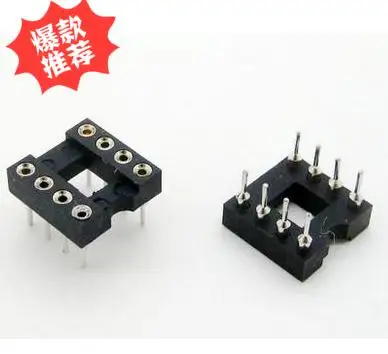drhiziracil
New Head-Fier
- Joined
- Nov 24, 2016
- Posts
- 26
- Likes
- 15
Well I have bought four muses 8920 for output stage and burning in and using them for 2 weeks.
Sound became more alive and treble just got to the level my taste. They are very warm, detailed not airy but it seems like some rolling of at the treble is going on. V5i was much more alive, detailed airy and fun sound but I couldn't use them for long listening sessions.
Especially mids and vocals got much more better. Stocks was a little laid back. Bass is now goes a little more deeper now and more powerful than stocks. But to be honest stock outputs have more natural bass. With the muses01 at the input bass level is higher than its supposed to be. But its fun anyway.
Sound level is seems like a little lover compared to stocks. And with the treble is somehow rolled of and warmer I can go higher volumes without hurting my ears. That is what I liked most with these. I'm definitely gonna keep them. But you wont miss much just with the stock outputs.They are good and more natural they have less color. But that stock inputs definitely needed to be changed
Sound became more alive and treble just got to the level my taste. They are very warm, detailed not airy but it seems like some rolling of at the treble is going on. V5i was much more alive, detailed airy and fun sound but I couldn't use them for long listening sessions.
Especially mids and vocals got much more better. Stocks was a little laid back. Bass is now goes a little more deeper now and more powerful than stocks. But to be honest stock outputs have more natural bass. With the muses01 at the input bass level is higher than its supposed to be. But its fun anyway.
Sound level is seems like a little lover compared to stocks. And with the treble is somehow rolled of and warmer I can go higher volumes without hurting my ears. That is what I liked most with these. I'm definitely gonna keep them. But you wont miss much just with the stock outputs.They are good and more natural they have less color. But that stock inputs definitely needed to be changed





















